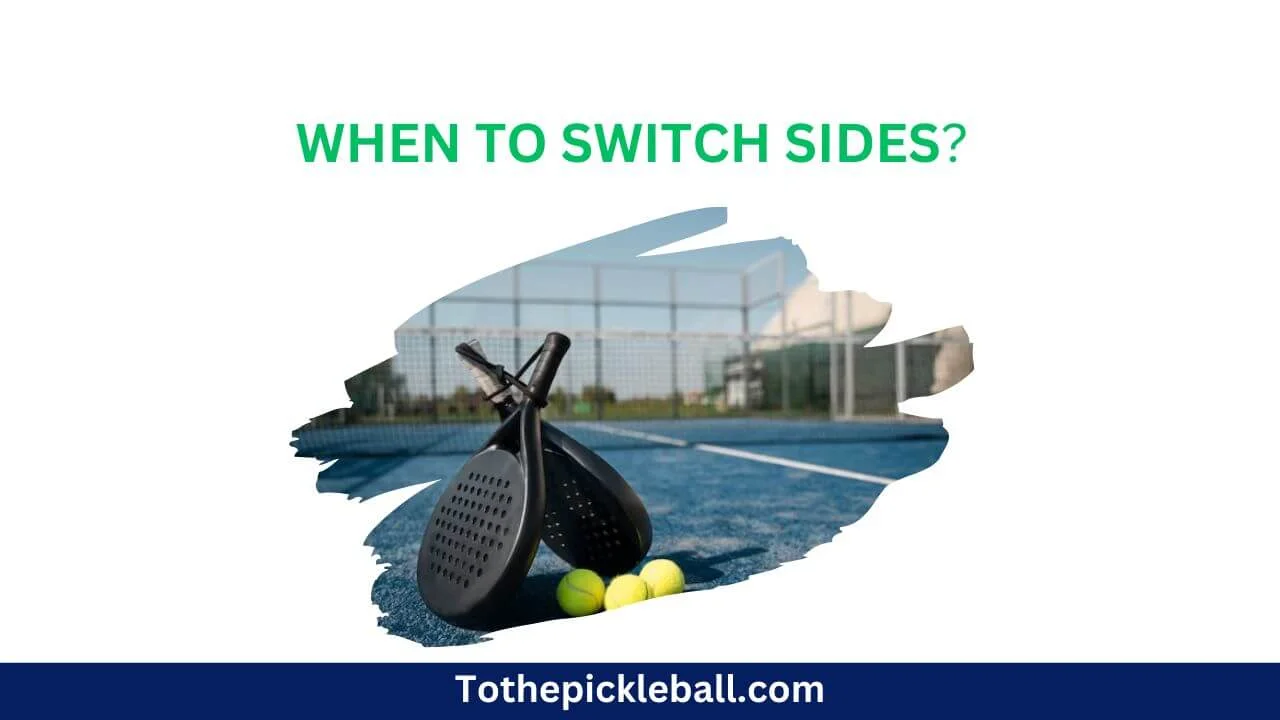

Introduction
One crucial aspect of pickleball strategy is knowing when to switch sides on the court. In this article, we will explore the factors that influence the decision to switch sides and provide practical guidance on making the switch at the right time. By mastering the art of switching sides, players can gain a competitive advantage and improve their overall performance on the pickleball court.
1. The Importance of Court Positioning:
Effective court positioning is vital in pickleball as it allows players to maximize their coverage area and respond efficiently to their opponents’ shots. The court is divided into two halves, and each player’s position within their half can significantly impact the outcome of rallies. Discuss the significance of court positioning and how it affects shot selection, defensive capabilities, and opportunities for offensive plays.
2. Understanding the Factors:
Several factors come into play when deciding to switch sides in pickleball. Explain these factors in detail:
Serve Receive: Switching sides after a successful serve receive is a common strategy. By moving to the opposite side of the court, players can take advantage of their stronger shot-making abilities and potentially exploit their opponents’ weaker areas.
Court Imbalance: If the opponents consistently target one player or one side of the court, switching sides can help redistribute the defensive workload and disrupt the opponents’ game plan. Analyze situations where an imbalance occurs and the benefits of switching to neutralize it.
Player Capabilities: Assessing the strengths and weaknesses of each player on a team is crucial in determining when to switch sides. If a player has a stronger forehand or backhand, strategically switching sides can optimize their shot-making potential.
Communication and Coordination: Effective communication between partners is essential in pickleball doubles. Switching sides at specific moments can help maintain proper court coverage, minimize open areas, and enhance overall team coordination.
3. Strategic Moments to Switch Sides:
Provide specific scenarios and strategic moments where switching sides can be advantageous:
During Side Out: When a team gains the opportunity to serve after a side-out, it can be an ideal time to switch sides. This allows players to adjust their positioning based on the server’s strength and capitalize on strategic advantages.
Mid-Rally: Assessing the flow of a rally can present opportunities to switch sides. For example, if a lob shot creates a defensive advantage or if a player’s positioning becomes compromised, switching sides can help regain control and reset the rally.
Tactical Breaks: Utilize timeouts or changeovers as tactical breaks to switch sides strategically. This can be an effective way to disrupt an opponent’s momentum, reassess strategies, or adjust to changing game dynamics.
4. Effective Communication and Timing:
Highlight the importance of effective communication between partners when deciding to switch sides. Discuss how clear communication signals and timing can facilitate seamless transitions and prevent confusion on the court. Emphasize the need for players to be aware of their partner’s positioning and intentions to execute a successful side switch.
Conclusion
Understanding when to switch sides in pickleball is a crucial skill that can elevate a player’s performance and strategic capabilities on the court. By considering factors such as serve receive, court imbalance, player capabilities, and effective communication, players can make informed decisions and optimize their positioning to gain a competitive edge. Incorporate these strategies into your game, practice them with your partner, and enhance your overall pickleball experience.






